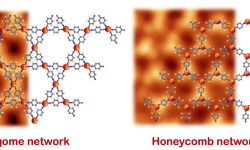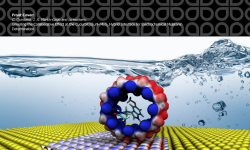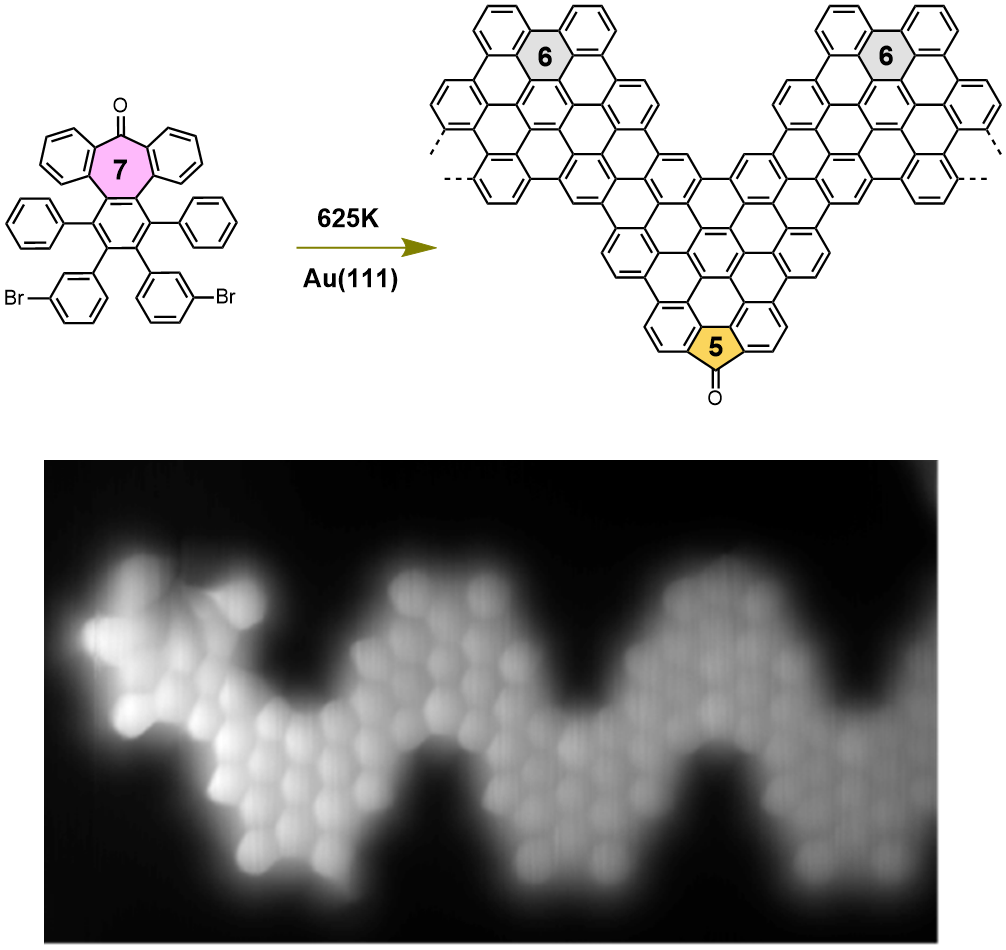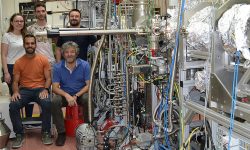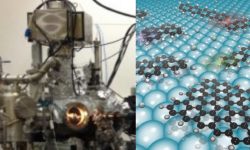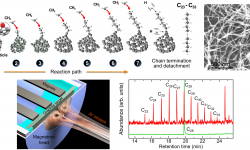Development of a Graphene SG-FET aptasensor able to detect attomolar concentrations of hepatitis C virus core protein
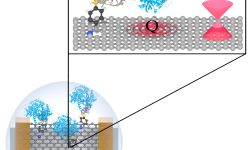
Biosensors based on graphene field-effect transistors have become a promising tool for detecting a broad range of analytes. However, they lack the stability and reproducibility required to step into biotechnological and biomedical applications. ESISNA group has used a promising physical graphene functionalization protocol which allows atomically-precise highly-controlled covalent functionalization, preserving…


